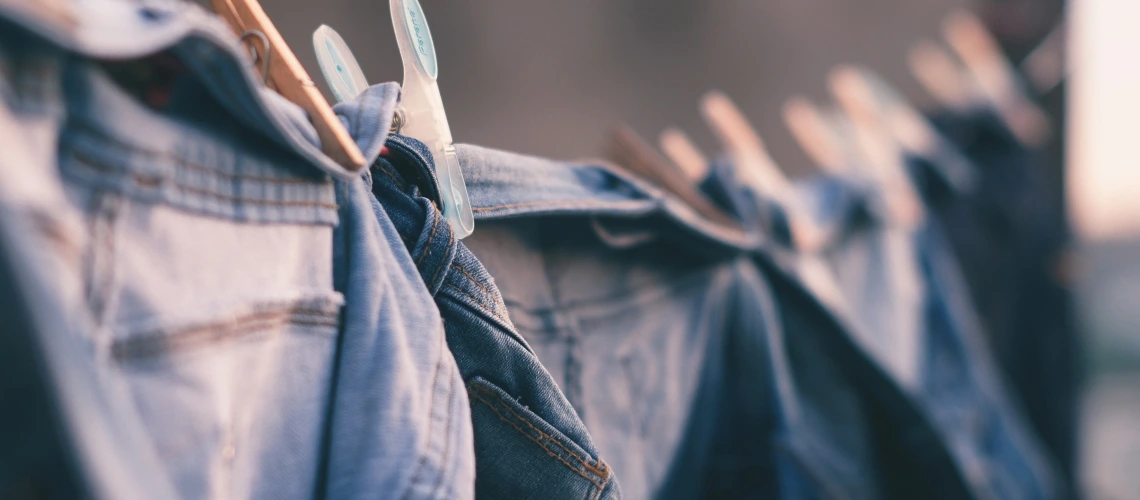Sustainable Laundry Tips for Earth Week

by Jessie Crown and Lauren White
This Earth Week, we are taking a comprehensive look at our everyday practices. Many of these seem small - like doing laundry, for example - but actually can add up to have a significant and positive impact for the planet! When it comes to washing your clothes, aside from focusing on big-ticket actions, such as upgrading to a more energy-efficient washer and dryer, there are many low-cost, simple steps you can take to make your laundry system more sustainable. Here are just a few ideas to get you started.
Washing Tips
Wait to wash laundry until you have a full load, then wash using the cool or cold cycle. This saves water and energy, and interestingly, reduces the amount of plastic microfibers released from synthetic clothing. A study at the College of Charleston found that cold water temperatures tend to preserve the integrity of fabrics, keeping more microplastic particles out of waterways. Additionally, make sure your washer is maintained and has a functioning spin cycle. Even one minute of spin time can drastically reduce the amount of time your clothes spend in the dryer, where they experience wear and tear from the heat. And of course, make sure you’re washing your clothes only when they’re dirty, not after every single use! Jeans, in particular, do not need to be washed more than once every ten wears - at least, according to Levi’s.

Drying Tips
Since dryers consume a large proportion of household electricity, air drying laundry saves money and energy, and helps your clothes last longer. Sunlight adds the benefit of acting as a mild disinfectant on laundry hung outside and can also help brighten your whites, but you can still hang laundry indoors. Get creative with hanging: use drying racks, camping clotheslines, hang hangers on doorways and stable shower rods, and place drying clothes near windows, air vents, or fans for efficiency.
If using a dryer, lower the heat settings, clean the lint filter regularly, don’t overfill loads, and separate towels from light-weight clothes.
Laundry Products
Use a concentrated, biodegradable detergent and don’t use more than the recommended measurement. If you have a high efficiency machine, be sure to use detergent that has the high-efficiency “He” symbol on it. To learn more about why this is important, check out this great article from The Spruce.
Did you know that a lot of common household products are quite useful when it comes to doing your laundry? For example, you can add ½ cup of baking soda to loads for odor reduction. Here is a list of easy, sustainable stain-removal methods you can try out as well, instead of using bleach and harsh chemicals. Reusable wool or rubber dryer balls are a good substitute for disposable dryer sheets, which often contain harmful chemicals and contribute to landfill waste.
Dry Cleaning
When it comes to dry cleaning, watch out for Perchloroethylene, or “Perc”, a solvent commonly used in the dry cleaning process. Perc may pose a health hazard to dry cleaning employees and consumers. If you must take your items to a dry cleaner, find one in your area that labels itself as perc-free or “eco-friendly”, as many dry cleaners that identify as “eco-friendly” don’t use harmful compounds.
We hope this gives you a brief overview of a few ways that your laundry practices can tread a little more lightly on the planet. Be sure to check out our Instagram page this week, because we’ll be talking about a wide variety of topics - ranging from fast fashion to food to going plastic-free!
Header photo by Bruno Nascimento on Unsplash.
